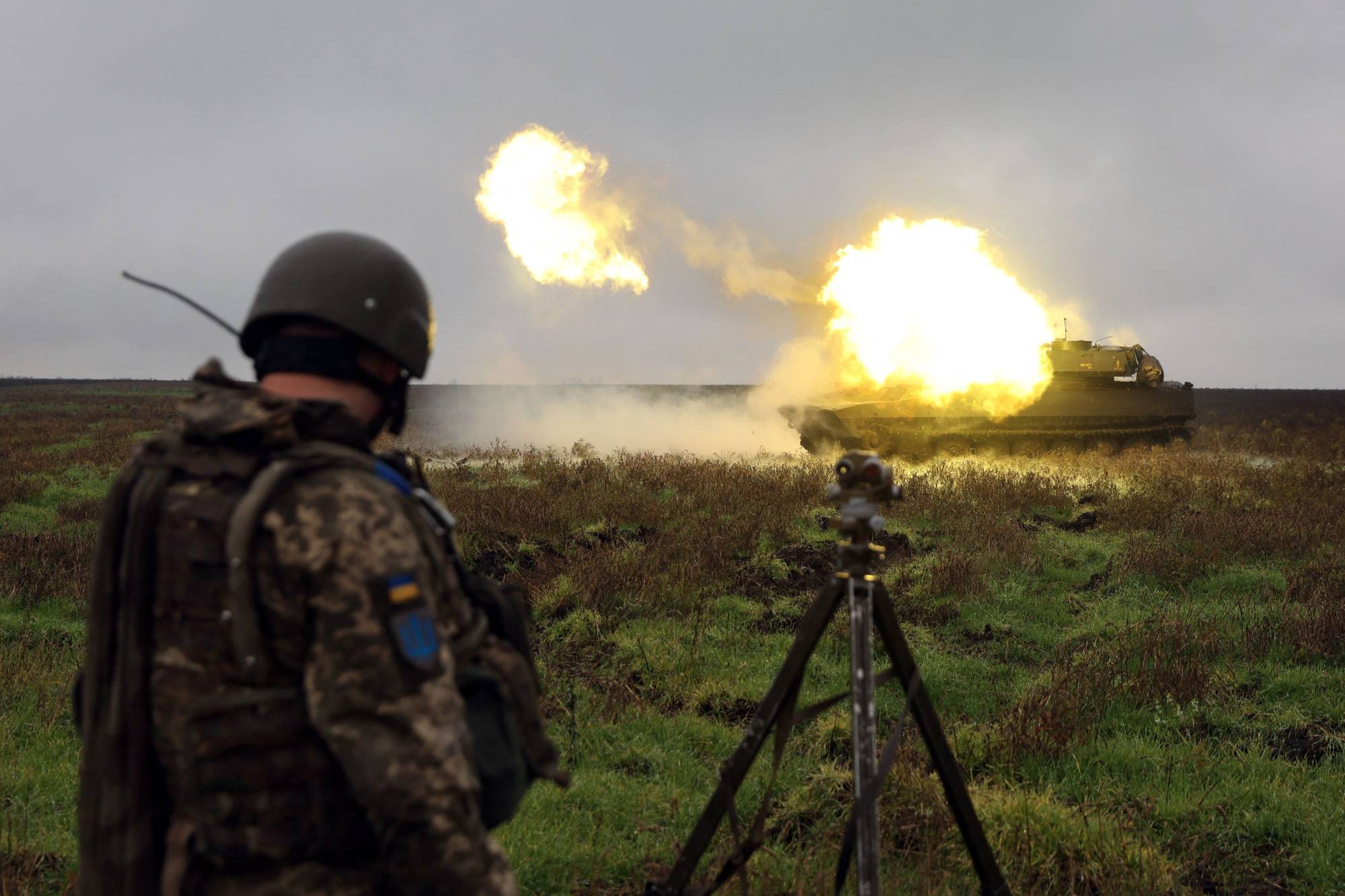Before Russia’s February invasion of Ukraine, successive U.S. administrations were cautious in sending lethal weapons to Kyiv. Nearly eight months into the conflict, the U.S. and allies have delivered thousands of lightweight Javelin anti-tank missiles and Stinger anti-aircraft missiles and a slew of even more powerful weapons.
Ukraine will push for still more advanced weaponry when the U.S. convenes a meeting of the Ukraine Defense Contact Group in Brussels on Wednesday to marshal new support for hardware and supplies to the government of Ukrainian President Volodymyr Zelenskyy. He has said he expects agreement on "the new supply of other weapons and ammunition we need.”
Those demands will again present U.S. President Joe Biden and European leaders with a difficult question: How much is too much? Russian President Vladimir Putin underscored the stakes last week with his renewed suggestion that he might resort to tactical nuclear weapons, and Russian officials argue that the U.S. and its allies — not their president — are responsible for the escalation.


















With your current subscription plan you can comment on stories. However, before writing your first comment, please create a display name in the Profile section of your subscriber account page.